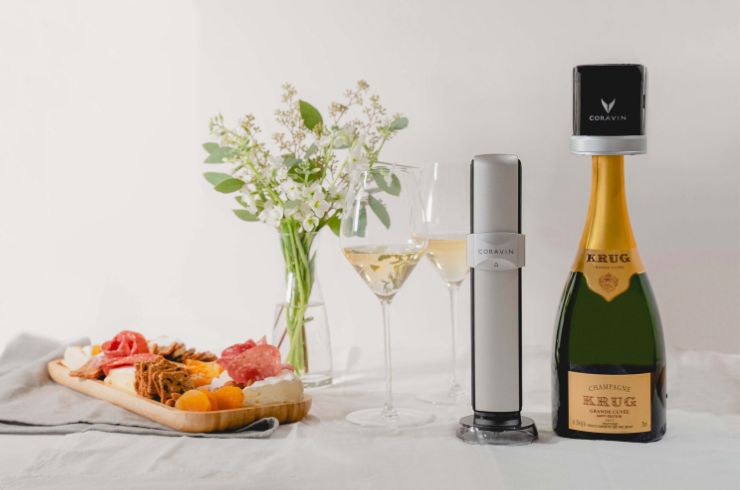While on a trip to Australia, British wine writer Andrew Jefford once wrote: “The two things I miss most so far are red wines with a pH much over 3.5 combined with low [natural] acidity, and red wines with ripe, chewy, textural and flavoursome tannins; Australia as a nation seems to have abjured both.” This was some time ago, and while I largely agreed with his sentiment then, times have mercifully changed.
An aversion to the sort of structure (acidity and tannins, in basic terms) that occurs naturally in terroir-driven, less invasively crafted wines was too often obfuscated by an obsession with primary fruit and the sort of richly flavoured, bumptious wines that, back then, European producers were said to be unable to make. This was the Australian opus; a wine industry built from the ‘sunshine in a bottle’ bottom up.
If I want to eat a lychee, I'll go to the fruit store and buy one. Wine is about texture and bringing one back for a second glass.
Economic reasoning determined that the premium space was our destiny. As did the litany of fine terroirs yet to be showcased. Yet the problem was that few customers thought of Australian wine as premium, and few producers were able to wean themselves off an obsession with pH and ‘fruit purity’. A show system that rewarded effete notions of perfection over personality, charm, drinkability and provenance was just as culpable.

I recall a winemaker somewhere in France once telling me: “If I want to eat a lychee, I’ll go to the fruit store and buy one. Wine is about texture and bringing one back for a second glass."
Andrew Jefford went on to say: “No other wine-producing country seems to have such a high percentage of wine made within relatively confined stylistic parameters.” He cited the sweet-sour nature of wines tweaked with added acidity and fake tannins. The proclivity, too, to finish reds in barrel precludes extended maceration on skins and the extraction of real grape tannin – tannins that confer a moreish savouriness and textural authority. It is these tannins, after all, that create poise, age-worthiness, ease of drinking and complexity over time, all intrinsic to the sort of high quality wine that we are increasingly producing.
Suffice to say, Andrew’s words were controversial as mine are likely to be. Thankfully, though, Australia has awoken. Stumbling to its senses, the country seems to have had an epiphany: great sites are the foundation of fine wines and in order to communicate their essence, substance must override style. Real structure, gleaned from the fruit that hails from these sites, is of the essence. It is a conduit to communicating the magic of place. Yet it is as important even farther down the tiers of pricing when site-specificity is no longer price effective. I would much rather have a wine with supple tannins that tone its flavours into a savoury mould at $30, than one of overt, sweet fruit and a clang of brittle additions.Here are some wines of riveting textural persuasion, extracted properly, that made me reach for the third, fourth and fifth glass during recent tasting sessions for the Wine Companion:
Sign up to view these tasting notes and ratings
By becoming a member of Wine Companion, you'll have access to the largest database of wines in Australia.



